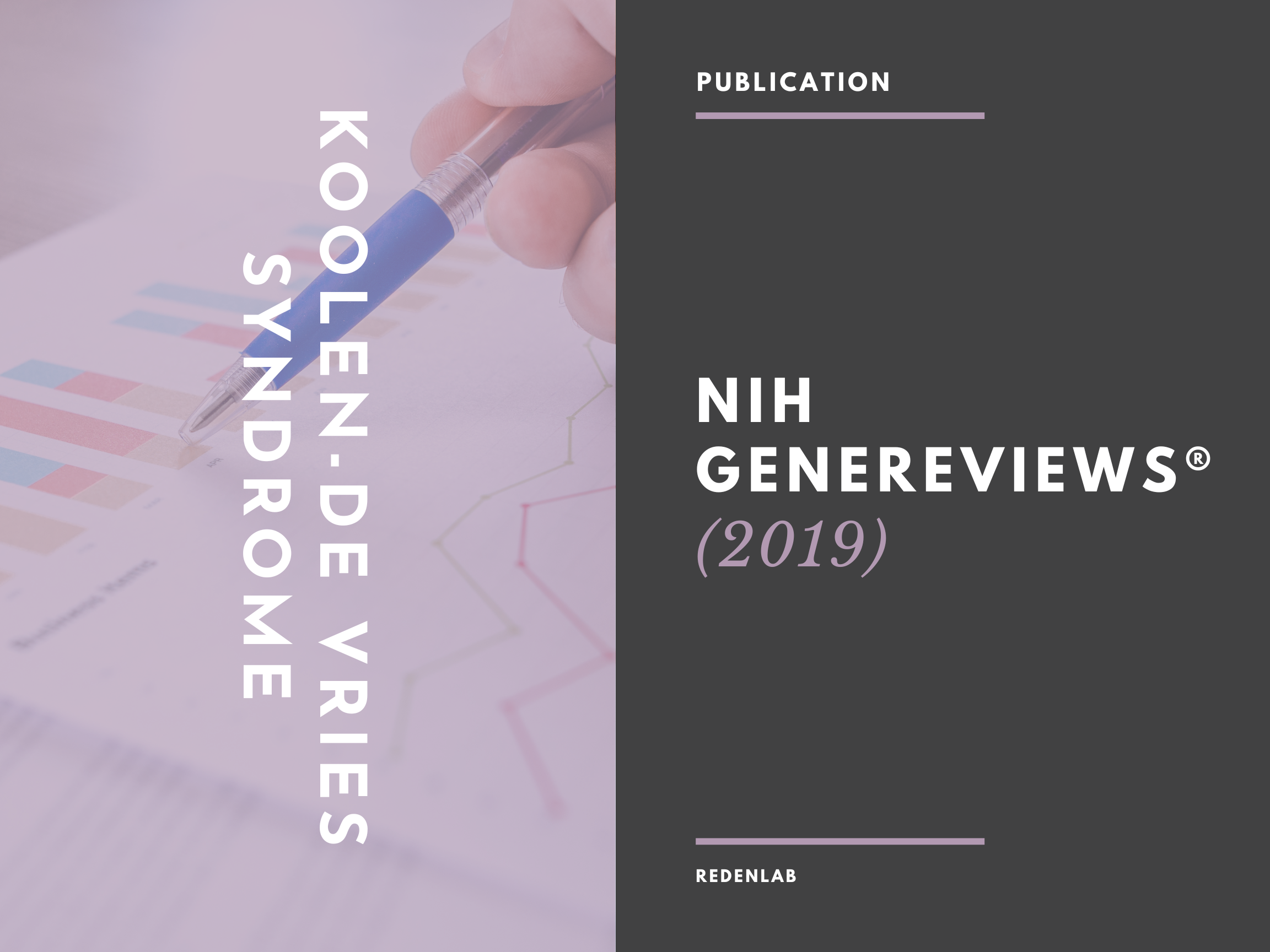GeneReviews: Koolen-de Vries Syndrome

Clinical characteristics.
Koolen-de Vries syndrome (KdVS) is characterized by developmental delay/intellectual disability, neonatal/childhood hypotonia, dysmorphisms, congenital malformations, and behavioral features. Psychomotor developmental delay is noted in all individuals from an early age. The majority of individuals with KdVS function in the mild-to-moderate range of intellectual disability. Other findings include speech and language delay (100%), epilepsy (~33%), congenital heart defects (25%-50%), renal and urologic anomalies (25%-50%), and cryptorchidism (71% of males). Behavior in most is described as friendly, amiable, and cooperative.
Diagnosis/testing.
The diagnosis of Koolen-de Vries syndrome is established in a proband who has either a heterozygous 500- to 650-kb deletion at chromosome 17q21.31 that includes KANSL1 or a heterozygous intragenic pathogenic variant in KANSL1. Note: The 17q21.31 deletion cannot be identified by analysis of G-banded chromosomes or other cytogenetic banding techniques.
Management.
Treatment of manifestations: Physiotherapy for gross and fine motor delays; speech therapy to support early feeding challenges and communication development; educational programs directed to specific disabilities identified. Routine treatment of: vision issues/strabismus; hearing loss; cardiac, renal, and urologic problems; epilepsy; scoliosis, hip dislocation, and positional deformities of the feet; multiple nevi.
Surveillance: Routine ophthalmologic examinations for hypermetropia and strabismus; monitoring for progressive spine deformities; routine monitoring for other medication complications depending on the organ system involved.
Genetic counseling.
Koolen-de Vries syndrome, caused by a deletion at 17q21.31 or a pathogenic variant in KANSL1, is inherited in an autosomal dominant manner; to date almost all cases result from a de novo deletion or KANSL1 pathogenic variant. Thus, most affected individuals represent simplex cases (i.e., a single occurrence in a family). The recurrence risk for future pregnancies is low (probably <1%) but greater than that of the general population because of the possibility of germline mosaicism in one of the parents. Prenatal testing is technically feasible, but the likelihood of recurrence in families who have had an affected child is low.
Click here for more details.
